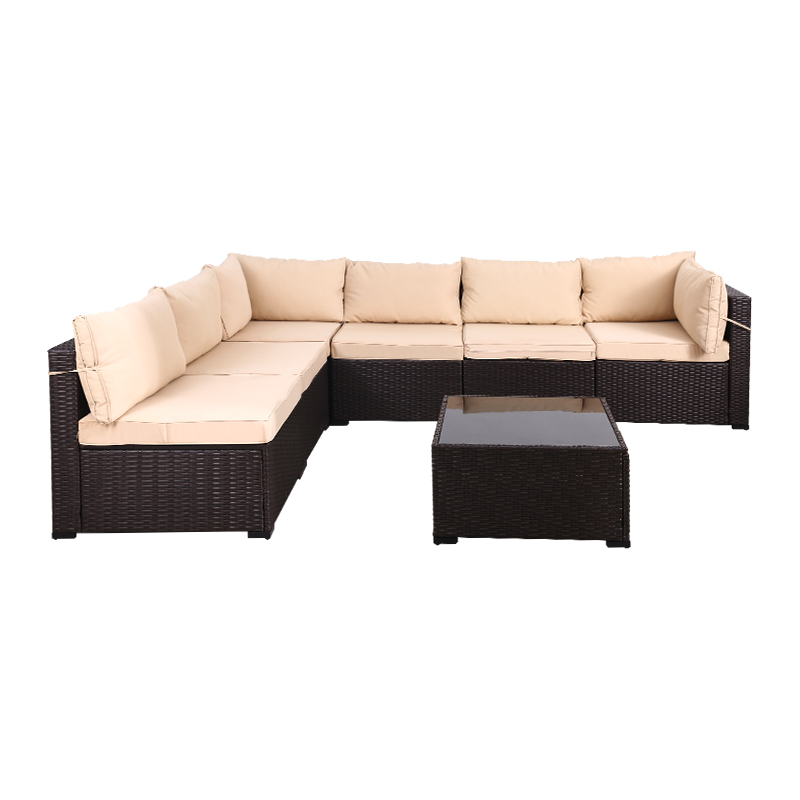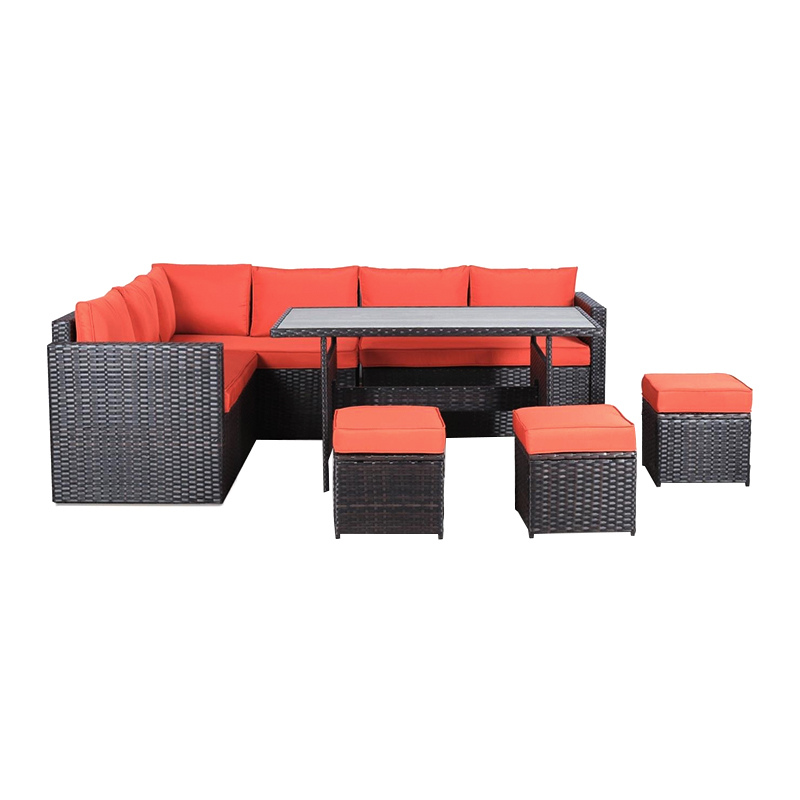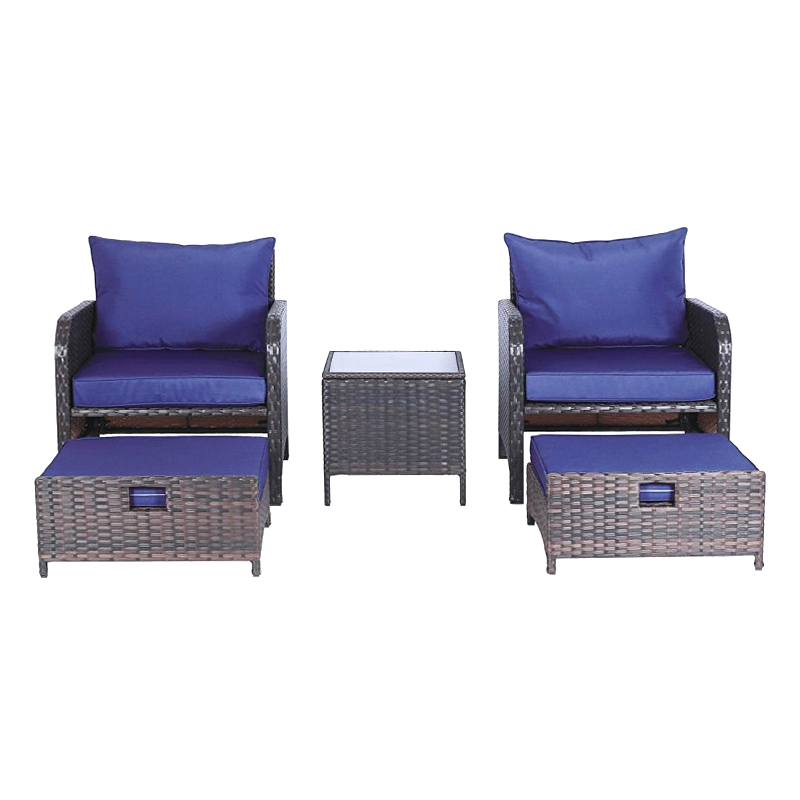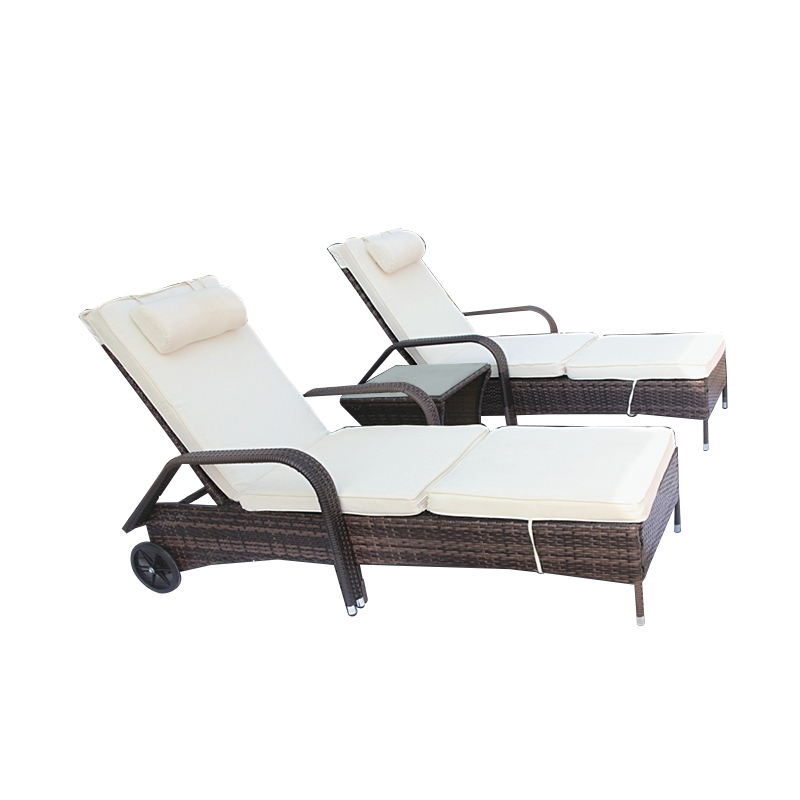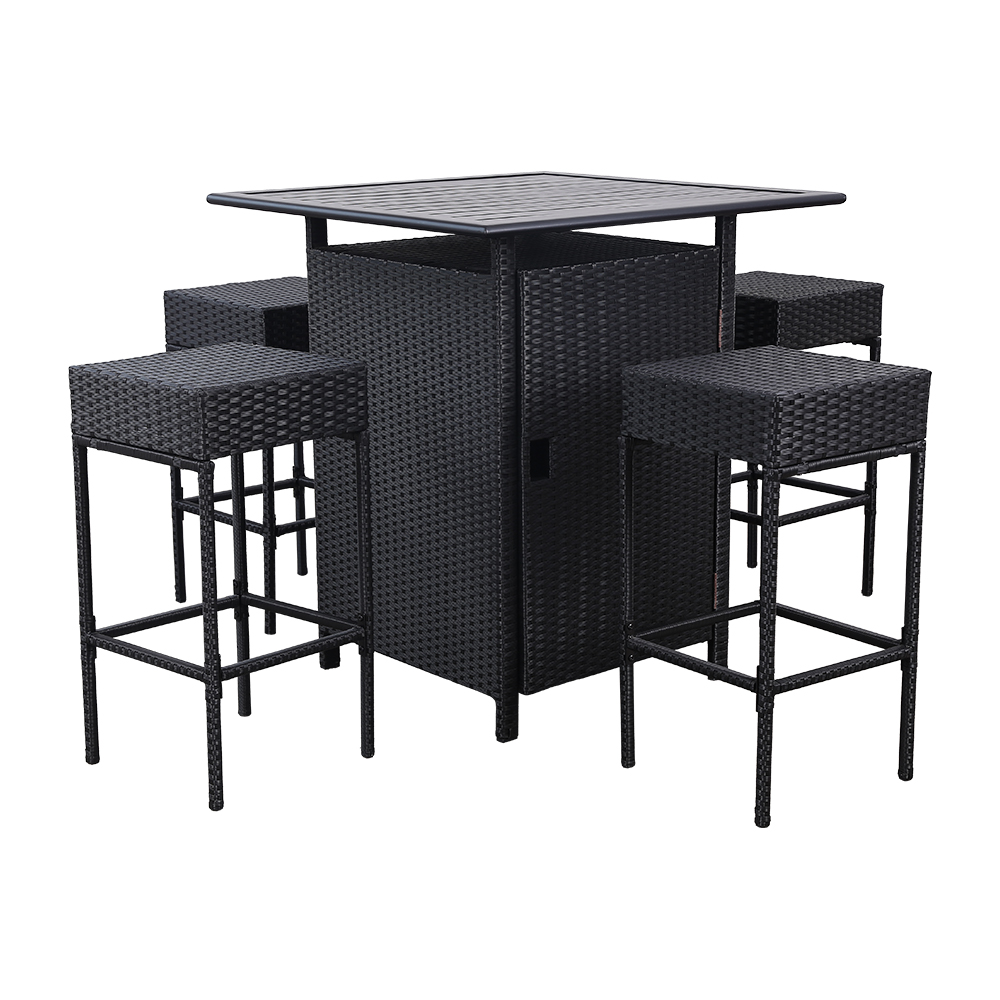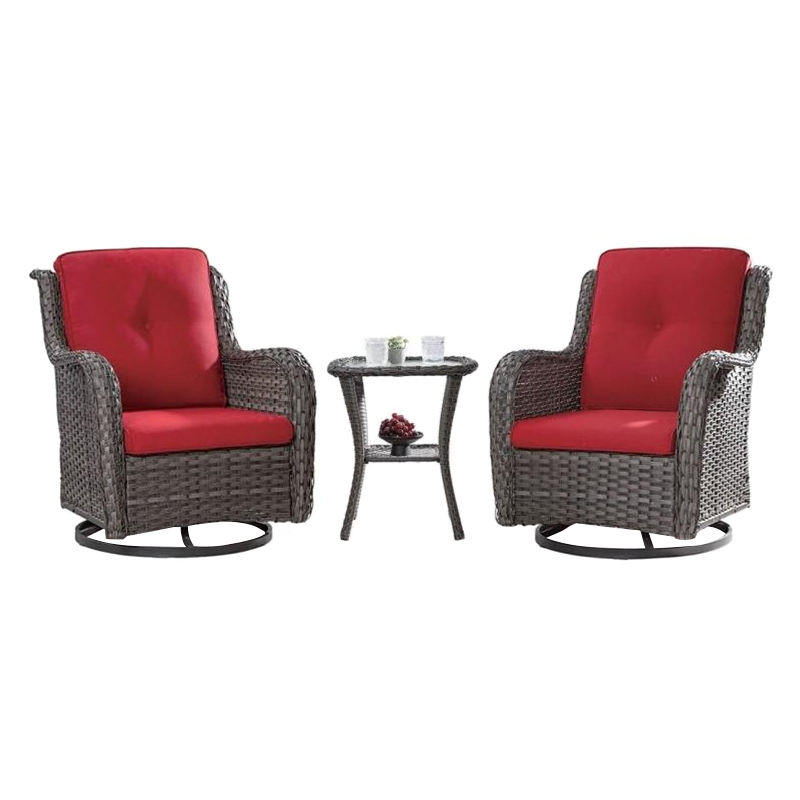The global outdoor furniture sector continues to demonstrate robust growth as consumers increasingly prioritize exterior living spaces and functional design. This sustained market expansion reflects broader trends in residential and commercial property development where outdoor areas are being transformed into fully realized living environments. The outdoor furniture industry has responded to this demand with innovative product developments that balance aesthetic appeal, durability, and environmental considerations, creating new opportunities for market expansion and consumer engagement.
Manufacturing advancements have significantly transformed the outdoor furniture landscape in recent years. Contemporary outdoor furniture products incorporate engineered materials that provide enhanced resistance to weather conditions, ultraviolet radiation, and temperature fluctuations. These technological improvements have extended the functional lifespan of modern outdoor furniture while reducing maintenance requirements for consumers. The development of new composite materials and finishing techniques has enabled manufacturers to create outdoor furniture that maintains its appearance and structural integrity through extended exposure to outdoor elements.
Design evolution represents another key aspect of the outdoor furniture market's development. Current outdoor furniture collections demonstrate sophisticated styling that seamlessly transitions between indoor and outdoor environments, reflecting consumer preferences for cohesive design aesthetics. The integration of comfort-focused features has become increasingly important in outdoor furniture design, with manufacturers incorporating ergonomic principles and premium comfort materials into their products. These design enhancements have elevated outdoor furniture from purely functional items to key elements of exterior décor.
Sustainability considerations have become central to the outdoor furniture industry's product development strategies. Manufacturers are increasingly utilizing recycled materials and implementing production processes that less environmental impact. The durability and longevity of modern outdoor furniture contribute to waste reduction by extending product lifecycles and reducing replacement frequency. Many outdoor furniture producers have also developed take-back and recycling programs that support circular economy principles within the industry, addressing growing consumer interest in environmentally responsible products.
Market analysis indicates particular strength in multifunctional outdoor furniture designs that improve utility in limited spaces. Consumers are showing increased preference for modular outdoor furniture systems that can be configured to suit various occasions and space constraints. The demand for storage-integrated outdoor furniture has also grown, reflecting practical considerations for space management in residential settings. These functional innovations demonstrate how outdoor furniture manufacturers are responding to evolving consumer needs and living situations.
The commercial sector continues to represent a significant market segment for outdoor furniture products. Hospitality venues, restaurants, and corporate facilities are investing in high-quality outdoor furniture that enhances customer experiences and extends usable space. This commercial demand has driven development of particularly durable outdoor furniture designs that can withstand intensive use while maintaining aesthetic appeal. The requirements of commercial applications have influenced residential outdoor furniture design, pilot to improved products across market segments.
Industry projections suggest continued growth for the outdoor furniture market as consumers continue to invest in their outdoor living spaces. The ongoing development of new materials and manufacturing techniques promises further improvements in outdoor furniture performance, sustainability, and design sophistication. As urban populations grow and living spaces evolve, outdoor furniture is expected to play an increasingly important role in how people utilize and enjoy their exterior environments, driving continued innovation and market expansion.
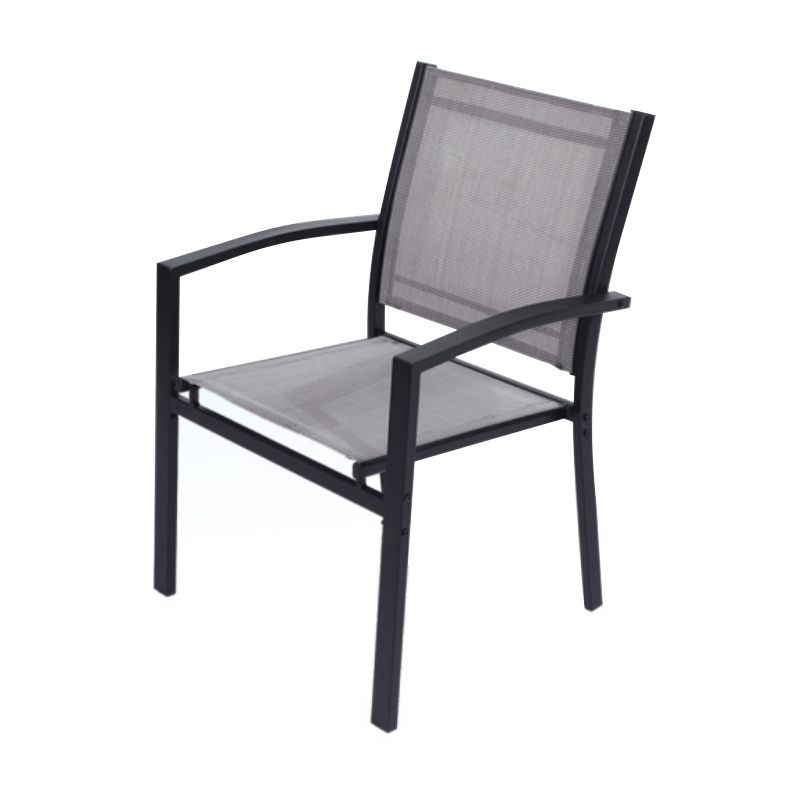


 英语
英语 西班牙语
西班牙语